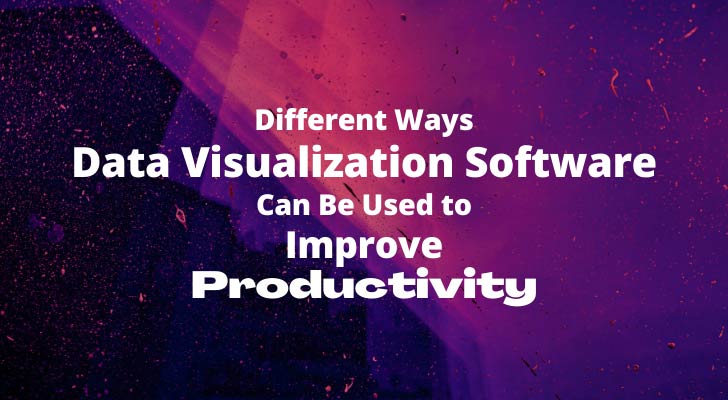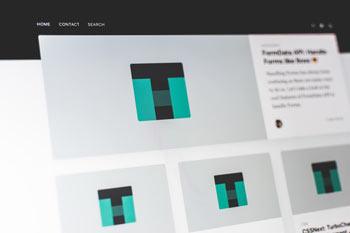There are many ways data visualization software can be used to improve productivity, a novel change being that a data visualization is a powerful tool that can help data analysts identify patterns and trends and make better decisions, assisting organizations when it comes to communicating data effectively. In this blog post, we’ll talk about the different ways data visualization software can be used to improve productivity.
Data visualization tools can reduce distractions and improve goals focus.

Data visualization software is a great way to help you focus on your work goals and reduce distractions. There are different ways that data visualization software can be used to improve productivity, and here are some key ways a data visualization tool can help do that:
Tracking your progress. Data visualization software can be used to track your progress on tasks or projects. This can help you stay focused and motivated, as you can see how close you are to completing a task or project.
Planning and organizing. Data visualization software can also be used for planning and organizing tasks or projects. This can help you stay organized and avoid distractions. You can build new insights this way, which is always good news for a growing organization.
Breaking down complex information. Data visualization software can also be used to break down complex information into easier-to-understand visuals. You can change the broken-down data into an infogram, a scatter chart, diagrams, and other interactive charts to prepare for a large presentation to the greater organization. This can help you stay focused when working on projects that require understanding complex information.
A well-known software for data visualization is Microsoft Power BI, which uses its results to empower data analysts and their businesses to make the best possible decisions for the future.
Data visualization dashboards can be used to monitor progress.

Another way data visualization software can be used to improve productivity is by tracking goals and progress. You can set goals for your team, and then use the software to track their progress. This will help you ensure that everyone is on track and meeting their deadlines.
Further, data visualization software can also be used to monitor performance and give managers insight into how employees are working. By tracking how well each team member is performing, you can identify any outliers who might need additional training or support to meet their goals. This information can help you improve your team's overall performance,
Use customizable templates to save time and effort.

There are many different types of data visualization software available on the market. Some are more complex than others and can be used for a wider range of purposes and are often paired with a data cloud service that places all your data in one, accessible place. What you should look for in a data visualization tool is ease-of-use software, an intuitive dashboard, and an easy user interface so that whatever data discovery you find and want to present to the greater whole is even more streamlined and productive.
Data visualization tools are powerful tools that allow you to customize templates. This involves creating a template that contains all the information needed to complete a specific task. Once the template is created, it can be reused repeatedly, saving time and effort.
This enables users and especially non-technical users who aren’t the data scientist type to create graphs and charts quickly and easily. This allows data analysts to see trends and patterns that may not be visible when looking at raw data alone. In addition, graphs and charts can be easily shared with others, which helps ensure everyone is on the same page when it comes to data analysis.
Overall, data visualization software can be an extremely useful business intelligence tool for improving productivity, allowing users to see and understand data in a more visual way, be that diagrams or even geographic maps. Each type of software has its own strengths and weaknesses, so it is important to choose the right tool for the task at hand and gauge how and what is required to meet your goals in total.
